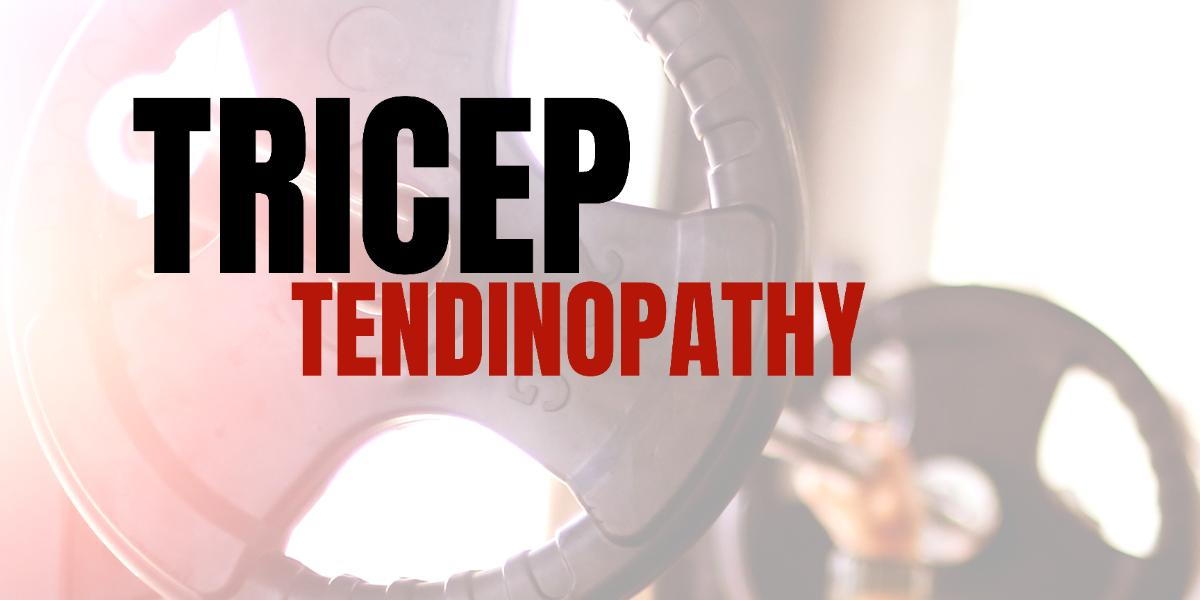
There are many different kinds of tendinopathy at the elbow that can occur. Inner elbow pain and outer elbow pain (medial epicondylitis or lateral epicondylitis) are other tendinopathies that often occur, but we’ll be focusing on the tricep and bench press in this article. Tendinopathies are commonly caused by overloading the tendon too quickly (too much, too fast, too soon).
Elbow pain with bench presses can be very annoying; however, optimal management can help you overcome it faster and get you back to benching without pain.
Pain and discomfort at the back of the elbow is a common feature of a triceps tendinopathy. The pain here is usually where your tricep attaches to the elbow at the olecranon process. This is most commonly where you may feel pain with bench press.
An appropriate diagnosis is the first step. Make sure you are treating the appropriate problem and address secondary or other areas of concern associated. Visiting your qualified sport chiropractor, physiotherapist, or other medical professional that specializes in treating injuries and completes comprehensive assessments is beneficial. Your medical professional should put together a treatment plan and provide modifications (not just tell you to “rest” or “take it easy”).
What else should I do?
Hopefully your medical professional has given you lots of solutions that do not include “resting” or “taking it easy”. One thing we have learned about ticked off tendons is that they LOVE tempo and they LOVE being loaded. Try playing with the tempo and slow your movement down. Start with a 3:0:3 tempo on your lift and see how that feels.
Limiting the aggravating factor is a great way to continue to train while also appropriately treating the problem. Other things that you can try that may help is modify (NOT stop the movement entirely):
- Try widening your grip. This will shift the stress from the triceps more to the pecs.
- Limit the painful ROM of your bench. For example, if your pain is at the bottom, decrease the depth of your bench by using blocks or pins, then find your tolerable training motion. If your pain is at lockout, stop your movement just before lockout.
- Isometrics. Isometrics have a great analgesic effect.
- Add some load!
Like mentioned above, working with a sport chiropractor or other movement-based professionals who are fitness-forward will help you get better while not stopping everything you love!
